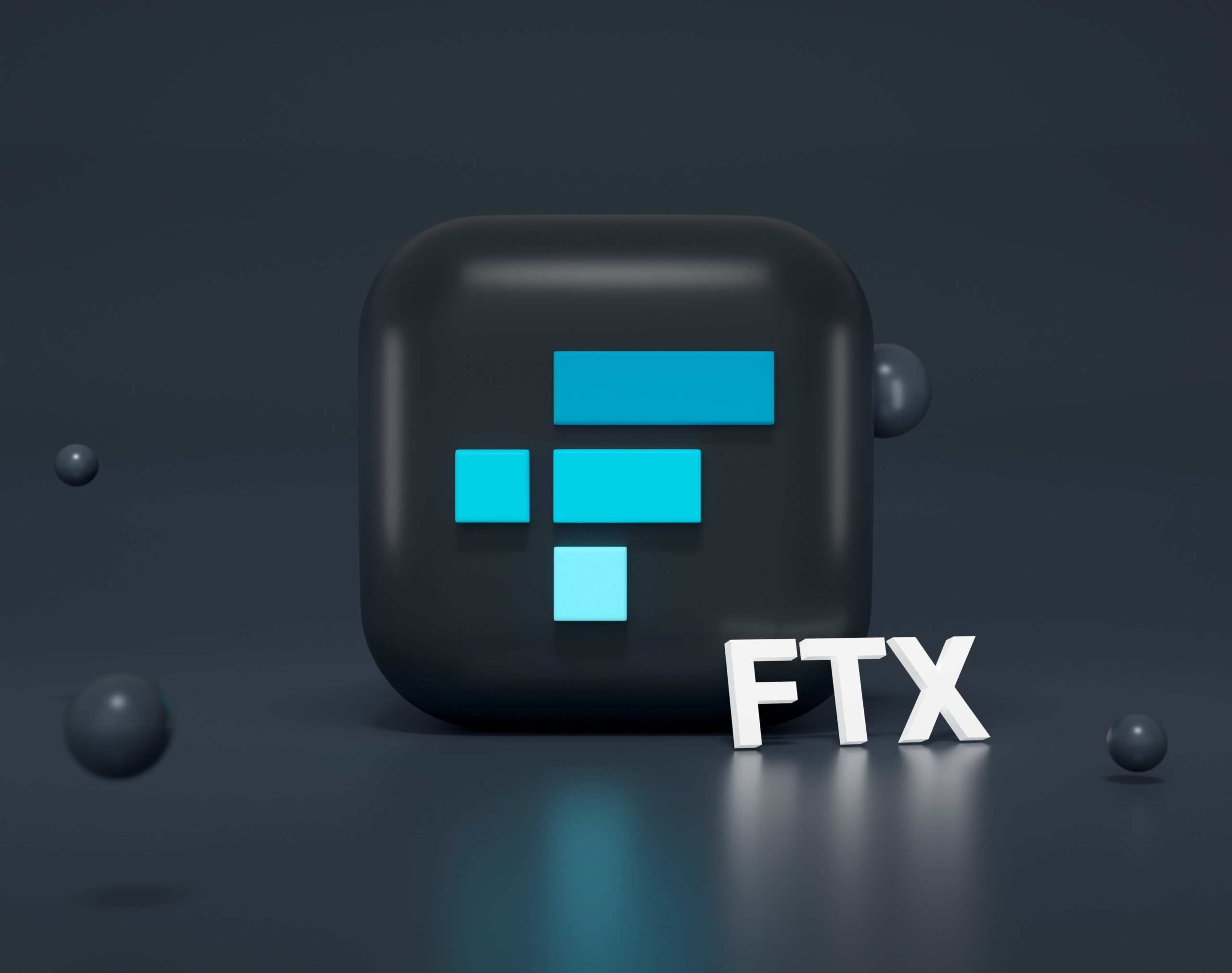Alameda CEO Confesses to Using Customer Funds While SBF May Have Used a ‘Backdoor’
The New York Times reported that Caroline Ellison, the CEO of Alameda Research declared in a company-wide meeting that the trading firm used customer funds from the now bankrupt FTX to repay its loans.
Ellison stated that the earlier crypto collapses caused some of Alameda’s loans to be recalled. According to her, the firm didn’t have enough money to repay those loans, so it agreed with FTX executives to transfer FTX customer funds to repay them.
Reuters reported that Sam Bankman-Fried, the founder of both Alameda and FTX, built a “backdoor” to FTX to change financial records and move funds to Alameda without triggering internal compliance checks.
The news agency said that SBF could also use the tool to modify records so the state of affairs wouldn’t be visible to external auditors. Bankman-Fried denied the allegations.
In an interview with Vox, SBF blamed “messy accounting and margin exchange” for the collapse of FTX. Based on the first declaration in the bankruptcy and SBF’s admission to Vox that customer deposits went straight to Alameda, the commingling may have begun far earlier than several months ago.
FTX Failure Sparks Crypto Lending Contagion
FTX’s collapse quickly spread to the rest of the crypto lending market.
Genesis Global Capital, the lending arm of Genesis Global Trading, paused withdrawals, citing “unprecedented market turmoil.” Genesis is one of the largest institutional lending companies that services crypto platforms offering yields to retail investors. If Genesis fails, customers’ funds held on those platforms could be at risk.
For that very reason, Gemini, one of the more well-regulated crypto exchanges in the US, warned its customers that they might suffer delays when withdrawing their assets from its Earn product, which lets users earn yields on their crypto. However, Gemini reassured customers that all funds on the exchange are safe.
Retail crypto lender BlockFi paused withdrawals and deposits after FTX filed for bankruptcy, and is preparing to file for bankruptcy proceedings of its own, according to The Wall Street Journal. The lender received a $400 million line of credit from FTX.US in July. The Block revealed that, back in July, crypto lender Nexo (disclosure: a former sponsor) made an offer to acquire BlockFi in a deal worth $850 million.
Contagion Spreads Across the Globe
Japanese crypto exchange Liquid Global, which is owned by FTX, halted fiat and crypto withdrawals from the platform.
Salt Lending, a crypto lender, also paused withdrawals, and Bnk To The Future scrapped its deal to buy the company.
Plenty of major investors in FTX, including Paradigm, Sequoia and Temasek have written down their investments, in some cases to $0.
Others affected include hedge fund Multicoin Capital, which held a $25 million stake in FTX through its $430 million venture fund, bankrupt crypto lender Celsius, whom Alameda owes $12 million, and troubled crypto exchange Vauld, which had $10 million of funds in FTX. The Ontario Teachers’ Pension Plan also held $95 million in FTX, but said it will have a “limited impact.”
House to Call Hearing on FTX as Regulators Announce Investigations
Lawmakers and regulators haven’t ignored the exchange’s startling collapse.
The House Financial Services Committee called on Bankman-Fried to testify about the fallout of FTX in a hearing to take place in December. The hearing wants to examine how FTX blew up and to work out the “broader consequences for the digital asset ecosystem.”
California’s Department of Financial Protection and Innovation (DFPI) also announced an investigation into the failure of FTX, as did prosecutors from the Department of Justice.
US authorities are also investigating the role Binance played in the collapse of FTX. Changpeng Zhao, the CEO of Binance, triggered a liquidity crisis on FTX when he announced that he would sell the company’s holdings of FTT, FTX’s exchange token. Binance is reportedly cooperating with authorities on the case.
Lawmakers Use FTX’s Example to Regulate the Industry
In addition to tanking the markets, the implosion of FTX grabbed the attention of American lawmakers, who said that it proves that the industry needs stricter regulations to protect retail investors.
The anti-crypto US Senator, Elizabeth Warren, said that the collapse of FTX “must be a wake up call for Congress and financial regulators to hold this industry and its executives accountable.” Additionally, Warren, together with Senator Dick Durbin, sent a letter to SBF demanding information on its “shocking collapse.”
U.S. Treasury Secretary Janet Yellen, known for her hardline stance against crypto, also called for more effective oversight over the crypto markets.
Senator Pat Toomey, who has been vocal about his opposition to the SEC’s enforcement actions on crypto, said that the crypto industry has been operating with “ambiguity” because regulators don’t provide a proper framework and lawmakers “refuse to act.”
After spending months talking to regulators and lawmakers, SBF told Vox, “f*ck [them], they make everything worse.” He later apologized for his comments and said that some regulators command impressive knowledge.
Binance Forms a Recovery Fund as Exchanges Rush to Prove Reserves
Exchange giant Binance announced it will form a recovery fund to stem the contagion from FTX’s implosion. Crypto exchange OKX plans to fill another fund with $100 million to provide struggling projects with liquidity.
CZ said the exchange also plans to implement a new Proof-of-Reserves protocol developed by Ethereum creator Vitalik Buterin.
Last Friday, Binance disclosed that it held $69 billion in assets – but it didn’t use Buterin’s protocol to prove the figures. Nine other exchanges announced similar plans after Zhao published his proposal.
The effort should bring more transparency to exchanges, but Proof-of-Reserves only shows how much an exchange holds – not how much it owes to other people. Without that information, it’s impossible to know whether the exchange has enough liquidity to back customers’ assets.
Speaking of Binance, CoinDesk reported that Binance.US is preparing to bid for bankrupt crypto lender Voyager. After the news broke, Voyager’s token VGX, jumped by over 50%.
Audit Report Provides Transparency on LFG and TFL Funds
The Luna Foundation Guard (LFG), the non-profit created to develop the Terra ecosystem, published an audit on how the foundation and Terraform Labs fought to defend the UST peg during Terra’s crash in May.
According to the report, from auditor JS Held, LFG spent $2.8 billion, mostly in Bitcoin, to defend the UST peg. The audit showed that Terraform Labs spent $613 million of its own money in its failed attempt to prevent UST from falling into a death spiral.
The founder of Terra, Do Kwon, said: “It is natural to suspect fraud when something goes wrong, but if we sweep all failures in crypto as scams and say, ‘there are some bad apples but everything else is fine,’ then we never have opportunities to learn from our mistakes.”
FTX Hacker Becomes a Whale
Last Friday night, after FTX announced its bankruptcy, an unknown person that many suspect is an FTX insider, hacked the exchange’s systems. The wallet tied to the attack on FTX swapped some BNB tokens and stablecoins for ETH.
The hack doesn’t appear to have been well thought out. The attacker lost significant amounts of their holdings on several transactions. “They’ve hastily tried to do whatever they can with the funds, seemingly without much of a plan,” Miguel Morel, CEO of Arkham, a crypto intelligence firm, told CoinDesk.
Despite that, they became the 31st largest Ethereum holder, currently holding 241,000 ether, worth almost $300 million at press time.
Was DeFi the Only Winner?
‘Chaos is a ladder’ used to say famous Game of Thrones character Littlefinger. Even though the effects of FTX have been catastrophic for many, there were also some winners.
This week, decentralized exchange Uniswap beat Coinbase and became the second-largest venue for ETH trading.
And Ledger, a hardware wallet provider, saw its biggest sales day ever following the collapse of FTX.
Both achievements perhaps signal that users are finally moving to non-custodial and decentralized platforms.
Fun Bits
In a Morning Brew video on TikTok, The Tale of SBF and FTX, he plays every character from SBF himself to an everyday investor to a crypto bro named “Captain Lazer,” who snorts ice crystals. To bolster his credentials to the investor, SBF sets himself apart from Captain Lazer by saying, “Now take a look at me! I don’t sleep or bathe!” The investor is increasingly confused as he watches numerous investors put money into FTX, and absolutely baffled when he hears Sam’s pitch for “Face Tissue Tokens,” or FTT. As the frenzy increases until SBF is seen testifying in front of Congress, saying “I and only I can save crypto,” a shadowy figure appears: Binance, saying, “Oh, only you? I created you.” And the hooded Binance figure lights his Face Tissue Token on fire.
Laura Shin also contributed to this recap.






